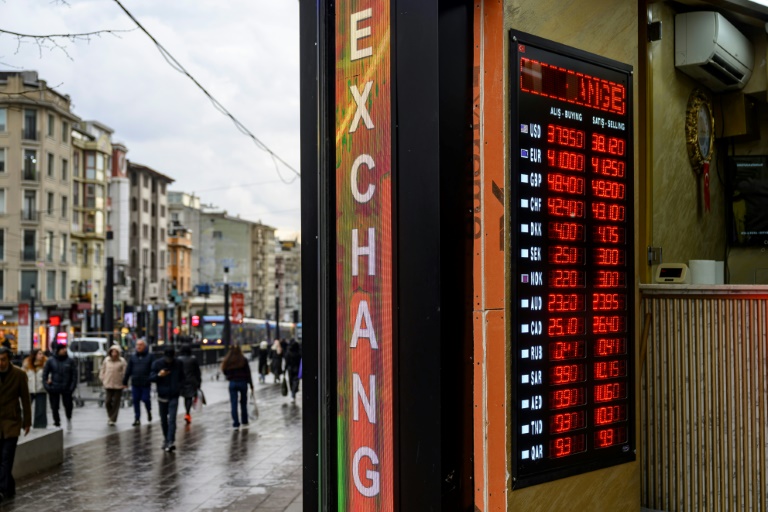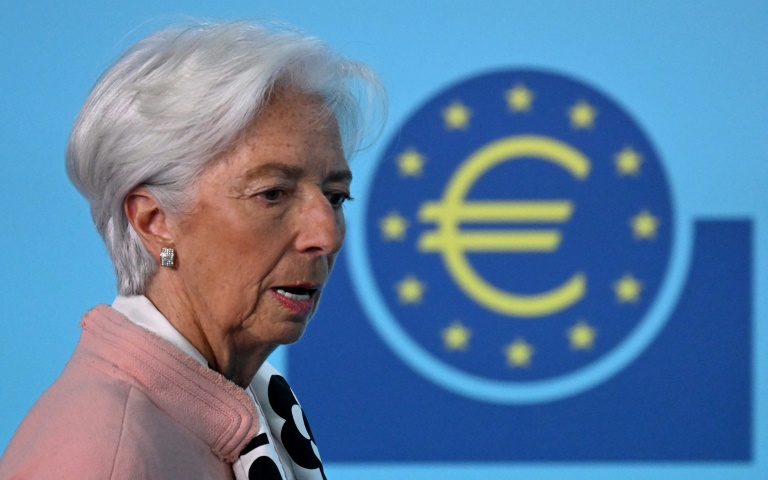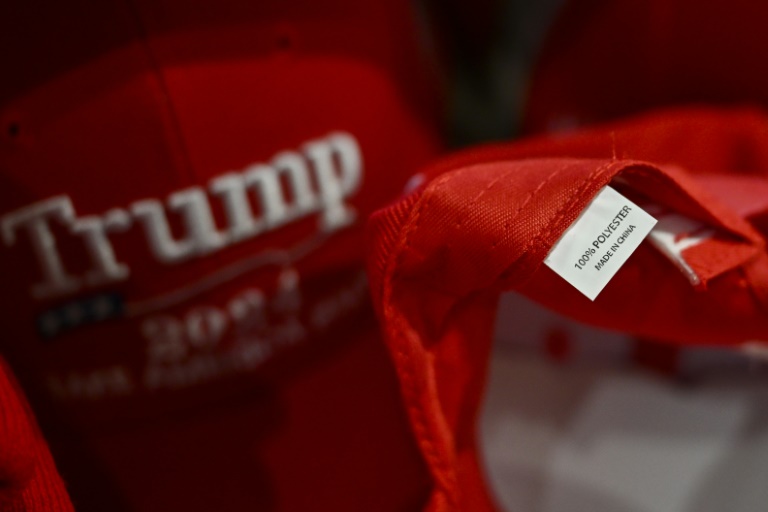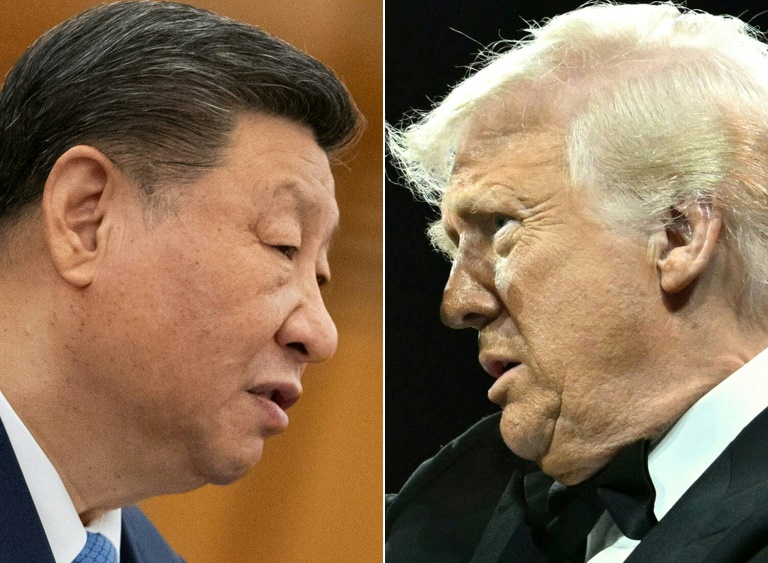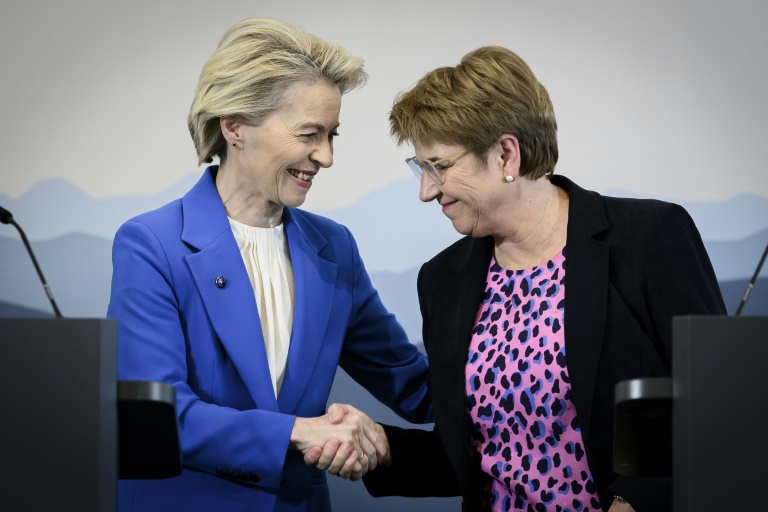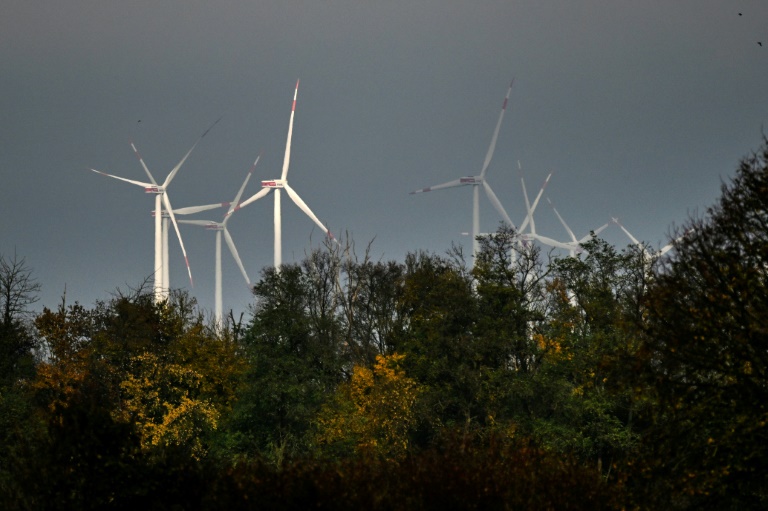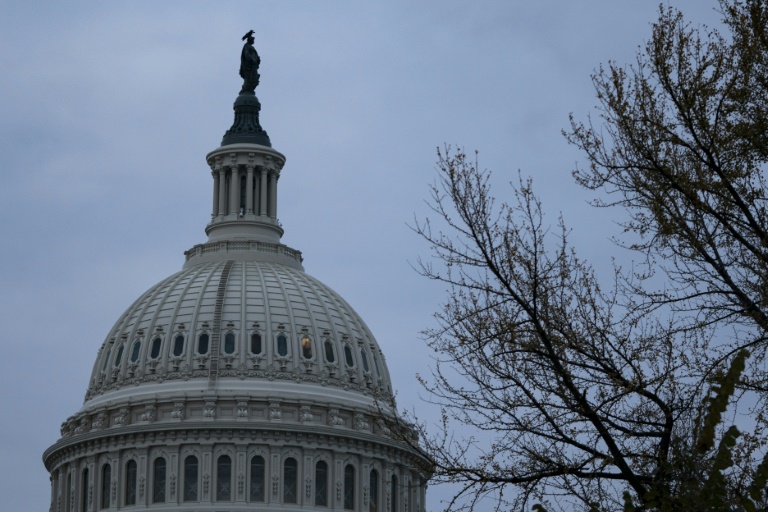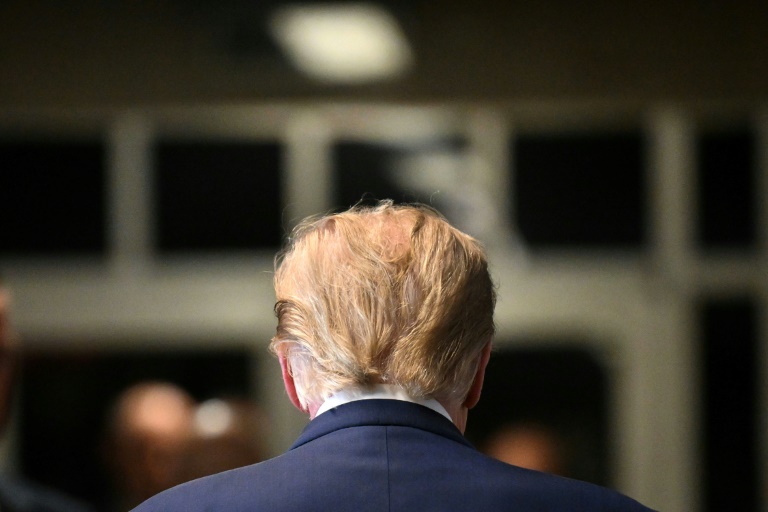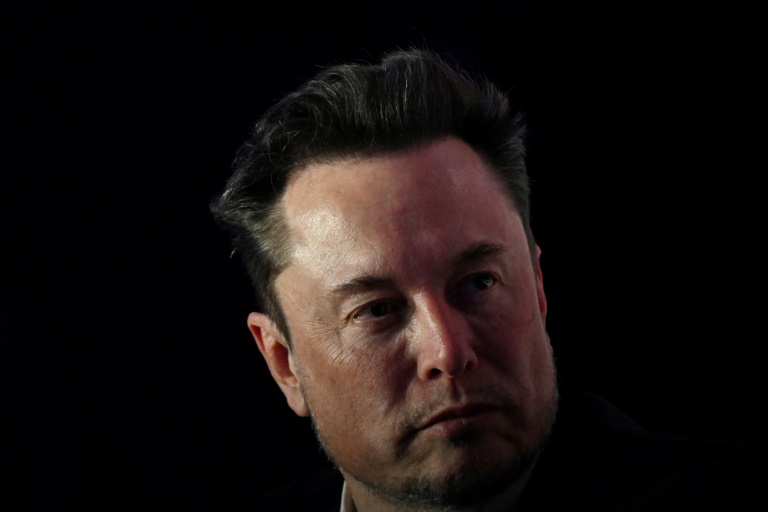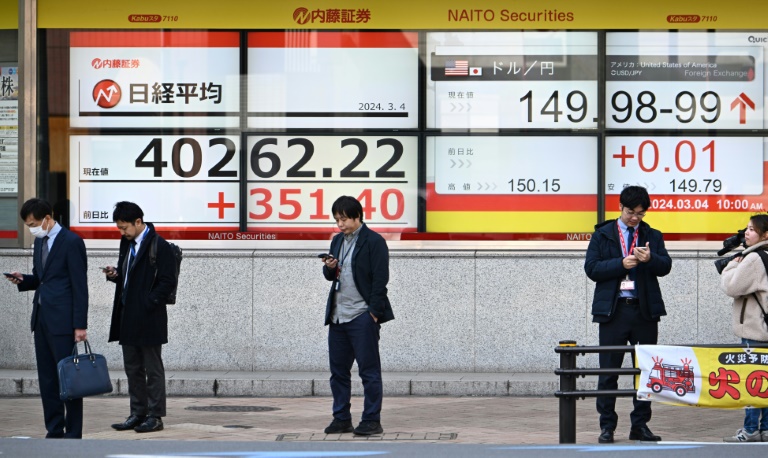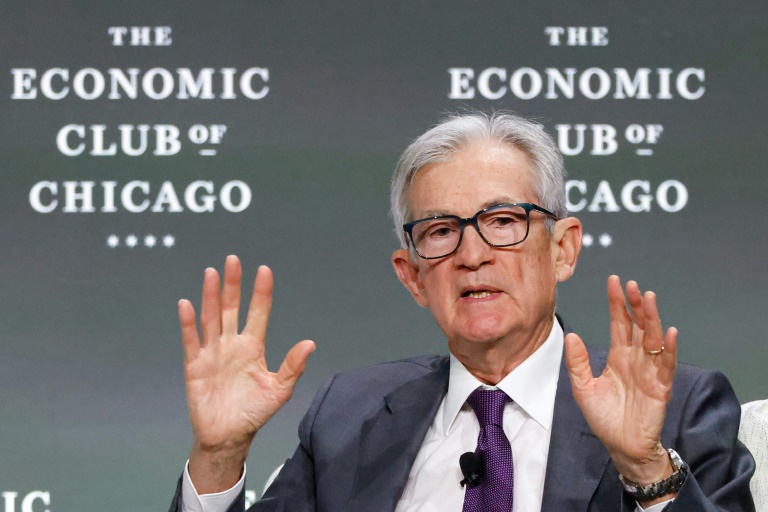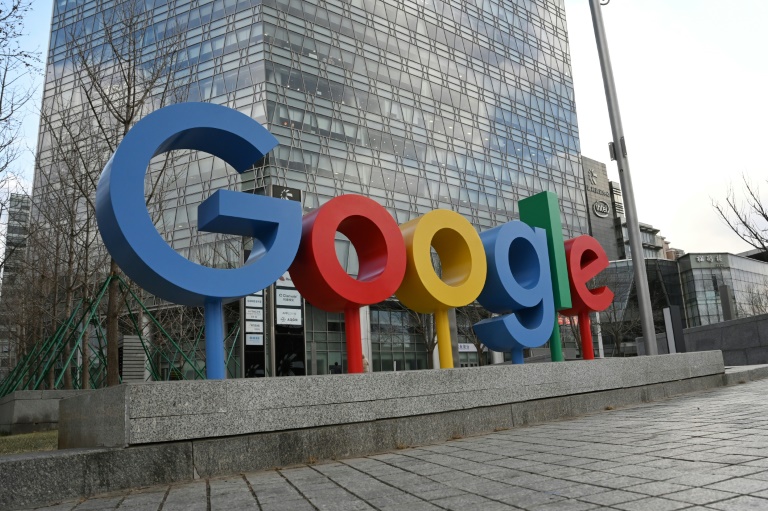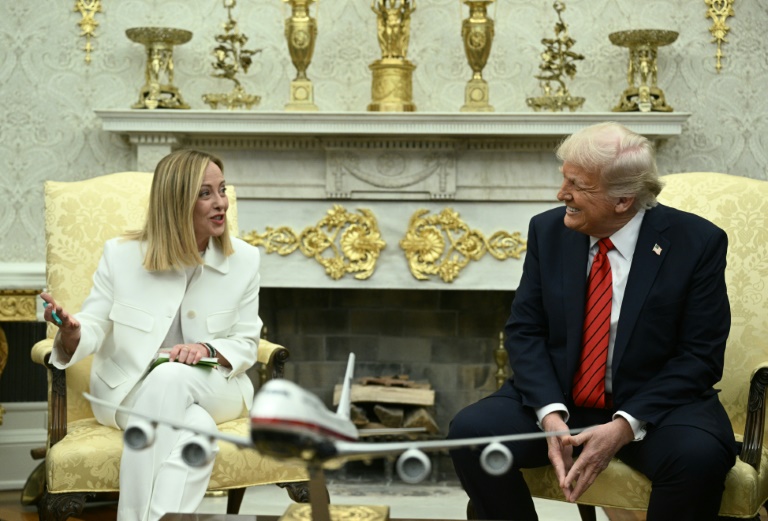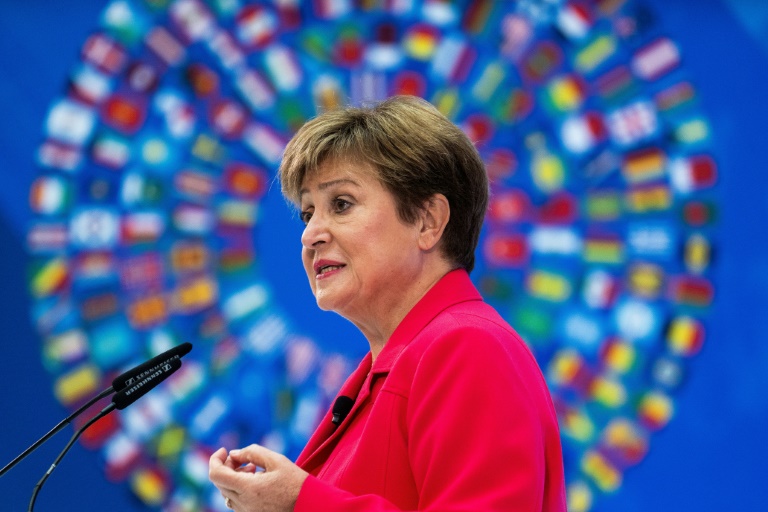Washington (AFP) – The Federal Reserve’s preferred inflation measure rose for a second straight month in November, according to government data published Friday, although the increase came in a touch below expectations. The personal consumption expenditures (PCE) price index rose 2.4 percent in the 12 months to November, up from 2.3 percent in October, the Commerce Department said in a statement.
“What we’re seeing is encouraging news,” New York Fed President John Williams told CNBC on Friday, adding that it had been “a bit of a bumpy kind of a journey” on inflation. Goods prices fell 0.4 percent over the last 12 months, while services jumped 3.8 percent, the Commerce Department said. Food prices rose 1.4 percent over this period, while energy prices dropped by 4.0 percent, underscoring some of the volatility seen in prices. However, headline prices rose just 0.1 percent from October, pointing to a slight slowdown in what is sure to be welcome news for the US central bank.
Both the annual and monthly inflation figures came in slightly below the median forecasts from economists surveyed by Dow Jones Newswires and The Wall Street Journal. “We can break for the holidays with the comfort that the economy’s growth engine is humming along,” Nationwide financial markets economist Oren Klachkin wrote in a note to clients.
– Still above two percent –
On Wednesday, the Fed cut interest rates by a quarter point to between 4.25 and 4.5 percent, and signaled a slower pace of cuts ahead, triggering a sharp sell-off in the financial markets. The sole holdout voting against a cut, Cleveland Fed President Beth Hammack, said Friday that her decision had been “a close call.”
“I prefer to hold policy steady until we see further evidence that inflation is resuming its path to our two percent objective,” she said in a statement. The independent US central bank is responsible for tackling inflation and unemployment, largely by hiking or lowering interest rates to affect demand. This indirectly impacts the cost of borrowing for consumers and businesses, affecting everything from mortgages to car loans.
While headline inflation has come down slightly, it remains stuck above the Fed’s long-term target of two percent. At the same time, economic growth is still resilient, and the labor market has shown some signs of weakness while remaining relatively robust. “The Fed would like to continue lowering interest rates, but it feels it can’t do so amid what increasingly looks like an elevated inflation and resilient growth environment,” said Klachkin of Nationwide.
Excluding the volatile food and energy segments, the core PCE price index was up 2.8 percent from a year earlier and by 0.1 percent from a month earlier. Both figures were slightly below expectations. “The disinflation process is continuing and a little bit of good news this month,” said New York Fed President Williams.
“There’s a little more uncertainty, there’s a little more noise, and so I… made the rate path a little more shallow in 2025,” Chicago Fed president Austan Goolsbee told CNBC in a separate interview on Friday, referring to the number of rate cuts he expects to have to make next year. “But I’ve been saying that the overall thread is that inflation is way down,” said Goolsbee, who is a voting member of the Fed’s rate-setting committee next year.
“I believe we’re on path to two percent, and over the next 12 to 18 months, rates can still go down a fair amount.”
© 2024 AFP


